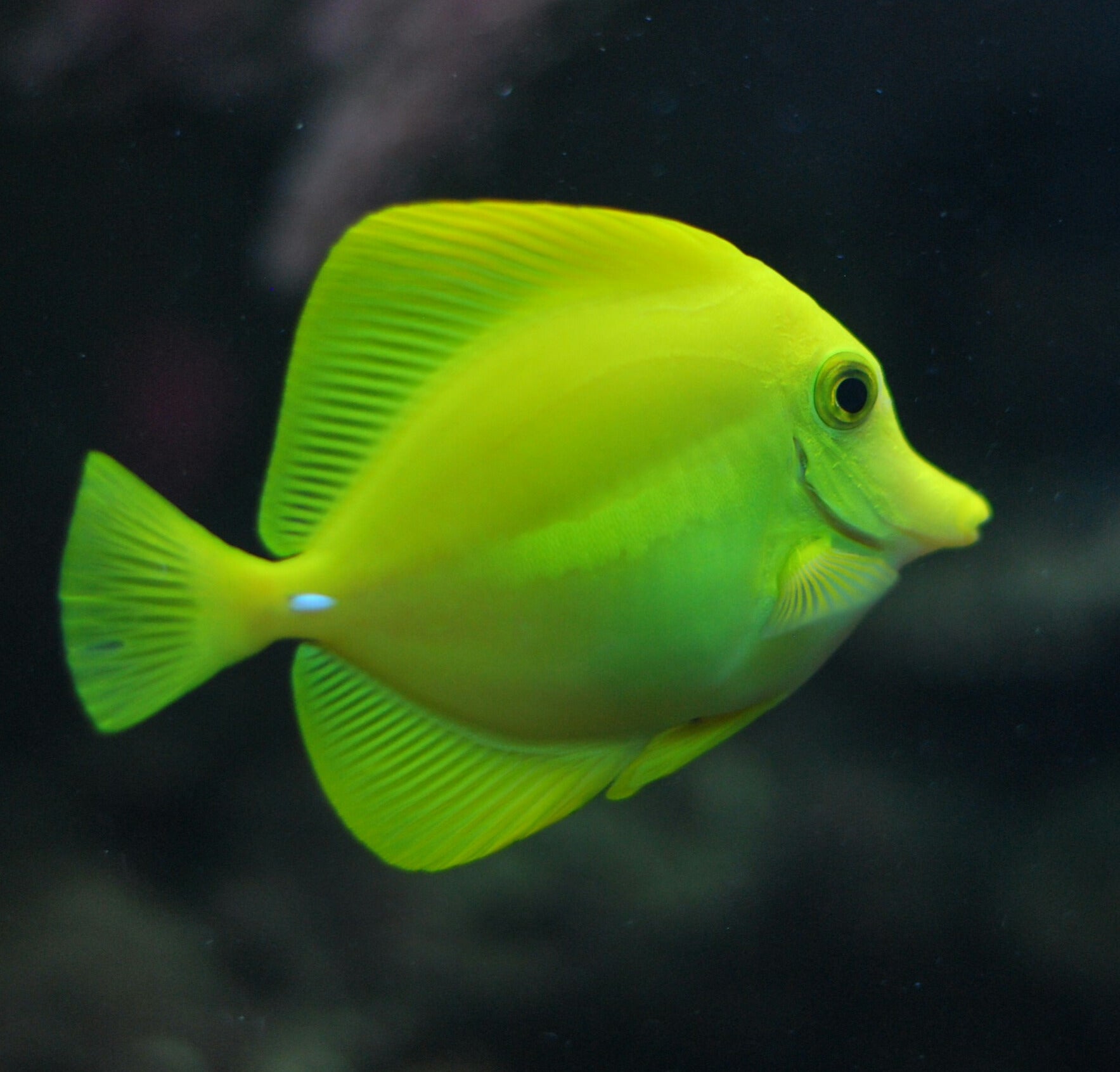A Beginner's Guide to Freshwater Fish

A Beginner's Guide to Freshwater Fish
SUMMARY
Freshwater fish are a popular choice for aquariums and outdoor ponds due to their diverse species and ease of care. This guide introduces beginners to the essentials of freshwater fish care, covering topics such as tank setup, water quality, feeding habits, and fish selection.
FEATURES
- Tank Setup Basics: Learn the right tank size, substrate, and decorations for freshwater fish.
- Water Quality Maintenance: Understand the importance of filtration, pH levels, and temperature.
- Fish Selection Tips: Choose hardy and beginner-friendly species like guppies and tetras.
- Feeding Guidelines: Provide balanced diets tailored to your fish’s nutritional needs.
- Aquarium Plants: Enhance aesthetics and improve water quality with live plants.
- Tank Cycling: Properly cycle your tank to establish beneficial bacteria for a healthy ecosystem.
- Fish Compatibility: Avoid overstocking and ensure harmonious tankmates.
- Health Monitoring: Identify and address common freshwater fish diseases early.
DESCRIPTION
Starting a freshwater aquarium can be a rewarding experience, but it requires proper planning and care. This guide will help beginners understand the essentials of maintaining a thriving freshwater fish environment.
The first step is choosing the right tank setup. A larger tank is often easier to maintain as it provides more stability for water parameters. Include a suitable substrate, decorations, and hiding spaces to mimic the natural habitat of your fish.
Maintaining water quality is crucial for the health of your fish. Use a reliable filtration system to remove waste and toxins, and regularly test the water for ammonia, nitrites, nitrates, and pH levels. Keep the temperature consistent based on the species of fish in your tank.
Selecting the right fish is key for a successful start. Hardy species like guppies, mollies, and tetras are ideal for beginners due to their adaptability and low maintenance needs. Avoid overcrowding the tank to ensure fish have enough space to swim and thrive.
Feeding freshwater fish involves providing a balanced diet of flakes, pellets, or frozen food, depending on the species. Feed small amounts once or twice a day to avoid overfeeding, which can pollute the tank.
Adding live plants to your aquarium not only improves its appearance but also contributes to water quality by absorbing excess nutrients and producing oxygen. Plants like Java moss, Anubias, and Amazon swords are excellent beginner-friendly options.
Proper tank cycling is essential to establish beneficial bacteria that break down fish waste into less harmful substances. Cycling should be done before adding fish to the tank to avoid stress and health issues.
Understanding fish compatibility prevents aggression and overcrowding. Research the behavior and size of each species to ensure harmonious tankmates. Monitor the health of your fish regularly to detect and treat common diseases such as ich or fin rot early.
By following these guidelines, you can create a healthy and beautiful freshwater aquarium that both you and your fish will enjoy. Freshwater fish care may seem challenging at first, but with patience and dedication, it becomes a fulfilling hobby.
- Shoumik Mohapatra

Comments 0